PITTSTON — “Stuck in the Wilderness – 10 a.m.,” proclaimed a sign with movable letters in early May in a parking lot on the east side of Route 27.
The message was announcing the theme of a sermon at First Congregational Church, which stands a few hundred feet away, on Arnold Road. However, it easily could have been referring to the church’s immediate neighbor to the south – the 254-year-old Maj. Reuben Colburn House.
The Colburn property, off Route 27 on Arnold Road, is now owned by the state. It is where Col. Benedict Arnold acquired the flat-bottomed boats – called bateaux – that he used on his breathtakingly arduous and ill-fated 1775 march to attack the British at Quebec at the start of the Revolutionary War. During much of that march, Arnold, his soldiers and those who accompanied them were indeed stuck in the wilderness.

In recent years, the Colburn House itself, furnished as a museum, has been stuck in a metaphorical wilderness. Handicapped by an underfunded budget, the state Bureau of Parks and Lands has kept the house closed because it couldn’t afford to hire an overseer of the property or carry out needed repairs.
As a result, visitors have had to content themselves with peeking in through the windows of the main house, the barn and the carriage house; reading the informational tablet and a plaque next to Arnold Road; and roaming the grounds of the Colburn House State Historic Site, which includes picnic tables and a wide path to frontage on the nearby Kennebec River.
Fortunately, that situation is likely to improve this summer, when the bureau expects to engage a caretaker who will keep the building secure and make it available for tours in exchange for free lodging in an apartment in the ell of the house, according to Gary Best, acting manager of the bureau’s southern region.

Gary Best
As for the repairs, Best said those depend on the outcome of a proposed bond issue that might appear on the statewide ballot in November. Even if voters approve the bond, however, the money would be divided among all 48 actively managed state parks and historic sites, many of which would claim a larger share of the pie because they draw more visitors.
“We have tens and tens of millions (of dollars’ worth) of capital improvements we need to make across the state,” Best said.
As a result, the home of Reuben Colburn (1740-1818), an independence advocate whose sawmill, boatyard and personal entreaties to George Washington helped launch the Revolution, seems fated to receive only piecemeal attention to its structural defects.
FRONTIER SHIPBUILDER
The Colburn family left a large footprint in the riverfront part of Pittston.
Reuben Colburn’s parents lived just a few hundred yards south of his house, in a 1763 home that he and his brothers helped to build. Across the road, tombstones in Riverside Cemetery bear the names of dozens of Colburns, including Reuben Colburn and his wife, Elizabeth. Immediately south of the cemetery, a former one-room schoolhouse, still standing, was known as the Colburn School. The house across Arnold Road from Reuben and Elizabeth’s home, also still standing, was where their son David and his family lived.
“The whole area used to be known as ‘Colburntown,’” said Thomas Desjardin, author of the 2006 book “Through a Howling Wilderness,” an account of the Arnold expedition.
Reuben Colburn, a shipbuilder, happened to be in Massachusetts in August 1775, only a few months after the Revolution had started. He met with Washington and Arnold, who asked him to saw planks for use in riverboat construction and to provide charts of the Maine coast and intelligence about British activity there. Arnold was preparing to lead about 1,100 men up the Kennebec River, over the Height of Land, and down the Chaudière River to attack the British at Quebec City.
Colburn sent scouts upcountry to do reconnaissance in preparation for the march. Arnold, future U.S. Vice President Aaron Burr and Daniel Morgan, commander of a company of Virginia riflemen, stayed at Colburn’s house for three days. After the 200 bateaux were built – with fresh pine because seasoned wood was unavailable on such short notice – Colburn followed Arnold’s army with a team of carpenters to repair the boats as necessary.
Hundreds of soldiers died of hypothermia or illness on the march to Quebec. Hundreds more were killed, wounded or captured in the unsuccessful Dec. 31 attack on the fortifications at Quebec City, but the effort it took to launch it became the stuff of legend, with one contemporary Revolutionary leader comparing it to Hannibal’s crossing of the Alps with elephants during ancient Rome’s Punic Wars.
Colburn returned home to Pittston. He and his heirs tried for decades to obtain compensation for the boats, but the government never paid them.
OTHER OWNERS
The last Colburn descendant who lived in the house died in the 1940s, according to Dick Cummings, who spent his entire childhood across the street in the David Colburn house, and who now lives there with his wife, Patty. Later, Paul Plumer Sr., a general manager of the Kennebec Journal, lived in the Reuben Colburn house with his wife, Claire, and their sons.

Dick Cummings
“They had that placed all decked out with antiques,” Cummings said of the Plumers, adding that in the rear, the family installed a breezeway, lobster traps and a flagstone patio. “Course, when the state took over, they didn’t want any of that. They ripped it all out of there.”
The Plumers sold the property to the Klopp family in 1970, and the Klopps sold it to the state in 1972, according to records on file at the Kennebec County Registry of Deeds.
Since then, state officials have struggled to find enough money to keep the site presentable and functioning.
Desjardin, the chronicler of the Arnold expedition, also worked 15 years for the state Bureau of Parks and Lands, the last three as director. He said the last bond issue that provided money for the bureau was passed in 2007, supplying $7.5 million to address a $40 million backlog of projects. The Colburn house got little of that.
Instead, it has relied heavily on support from Cummings and other neighbors, the Arnold Expedition Historical Society, and local companies such as Jewett Builders, which have donated labor. Because of them, Desjardin said, the state was able to get about $250,000 worth of upgrades done in 2012-2013 for less than $100,000. That work left the structure stable and shored up and the roof in good shape, he said, but other work remains.
“It is one of the oldest wooden structures in the state of Maine,” said Stephen Clark, the Arnold Expedition Historical Society secretary, whose organization uses the Colburn barn as its headquarters. “Any building of that age needs constant maintenance to keep it going,” he said, adding that the plaster throughout the first floor of the main house and much of the second floor needs to be repaired.
Eight miles to the north on Route 27, at the State House in Augusta, the fate of funding for the house’s care – and for that of other state parks and historic sites – is in the hands of the Legislature. According to Desjardin, the bond issue that lawmakers are considering putting on the November ballot is for $20 million.
Clark estimated it would take $15,000 to $20,000 to make the Colburn House presentable again. He said he hopes to see the improvements happen, and he looks forward to the building being open for tours again.
“We have had a great number of telephone calls, maybe as much as 50 to 100 per year, from people who want to gain access to it,” he said.
Send questions/comments to the editors.

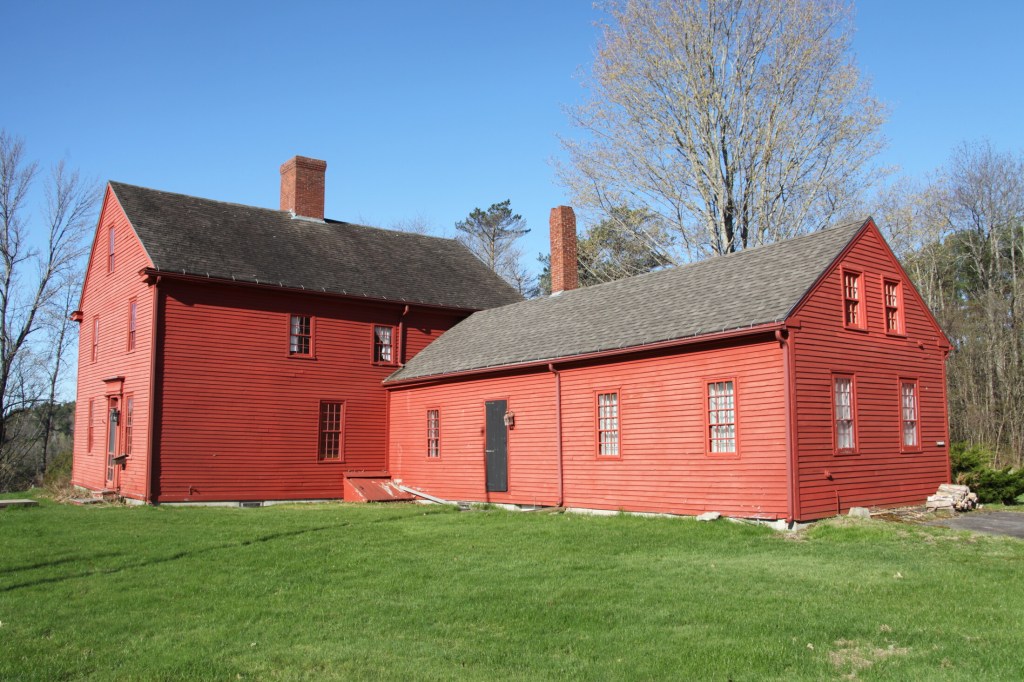
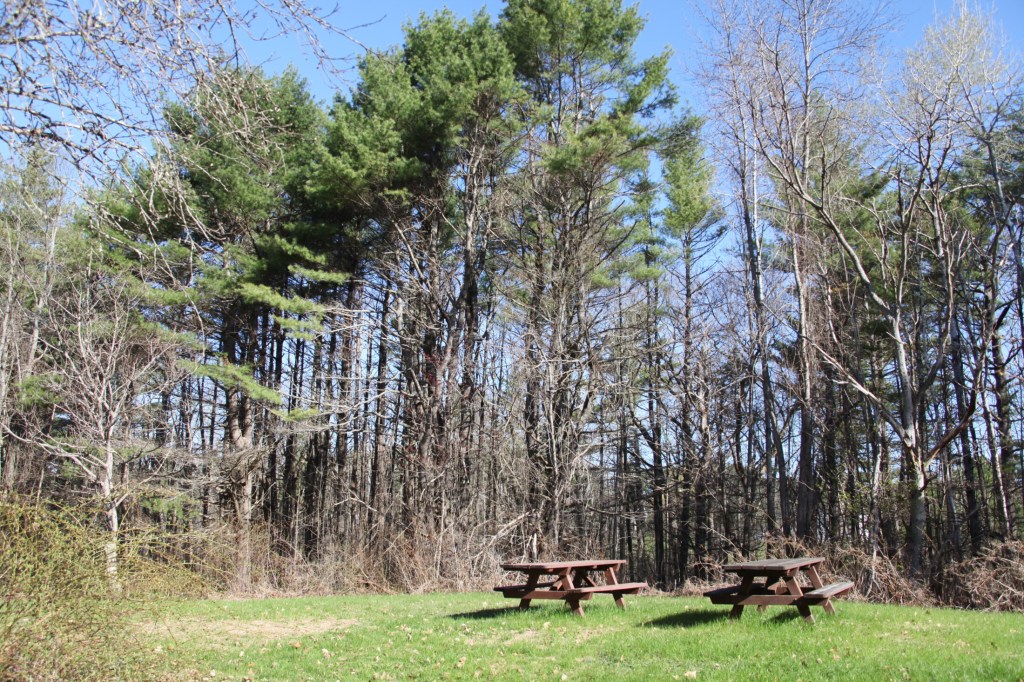
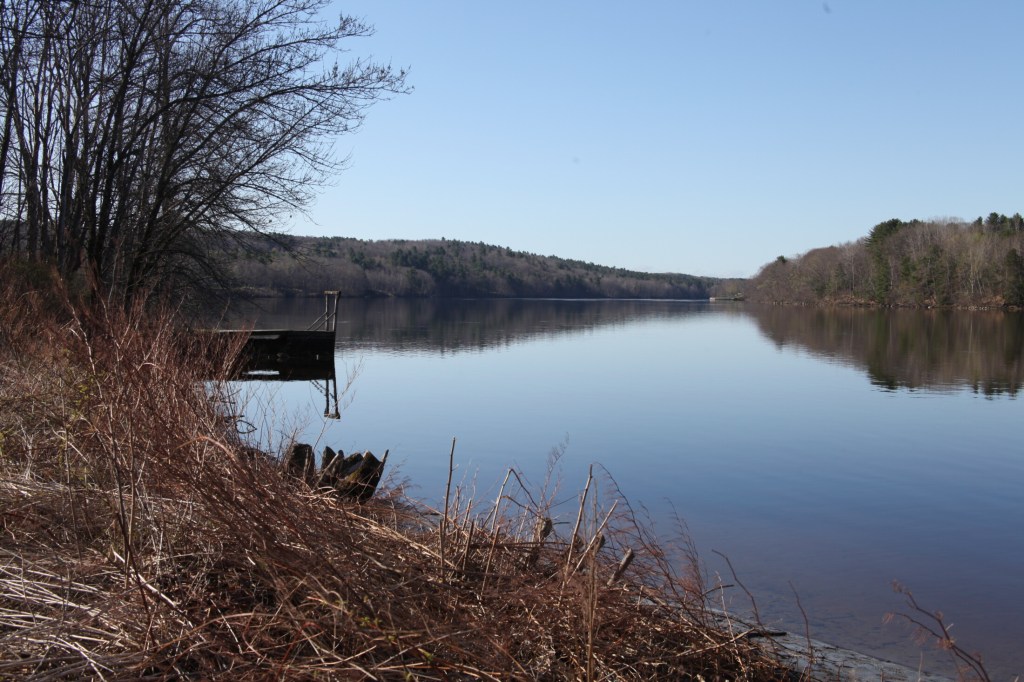
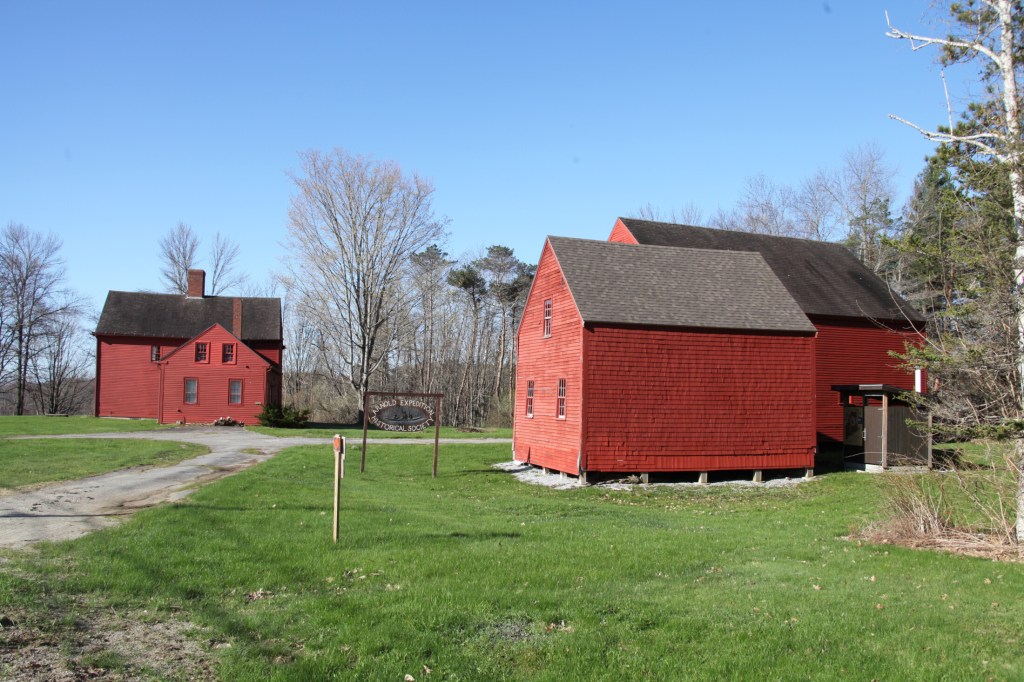
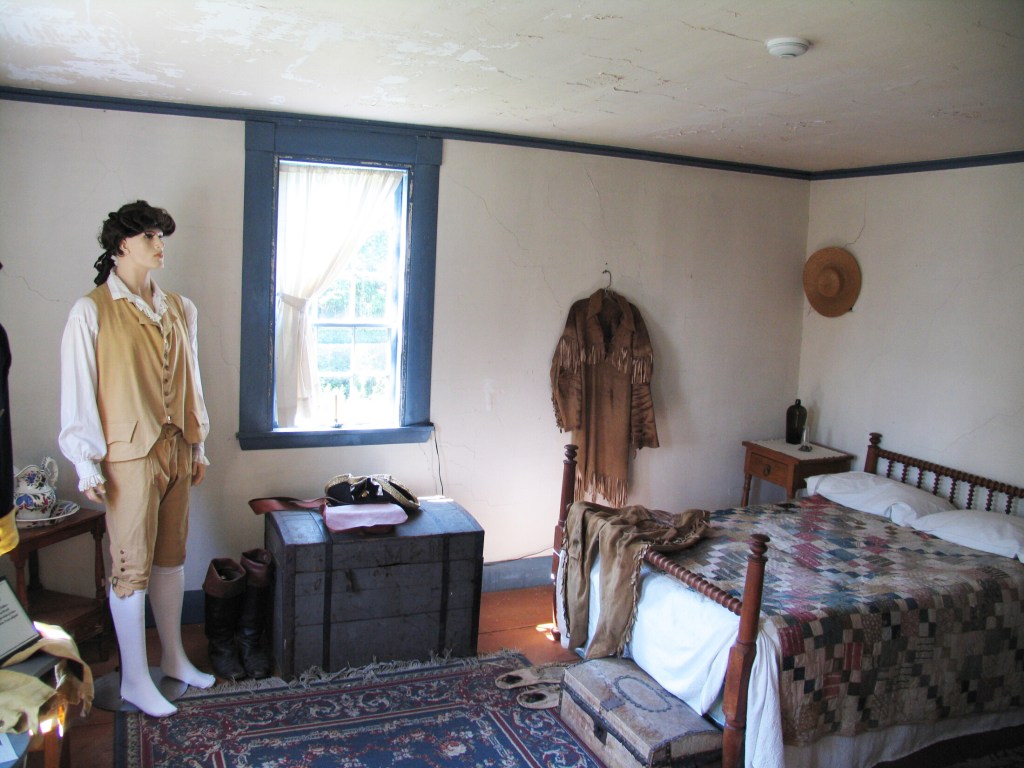
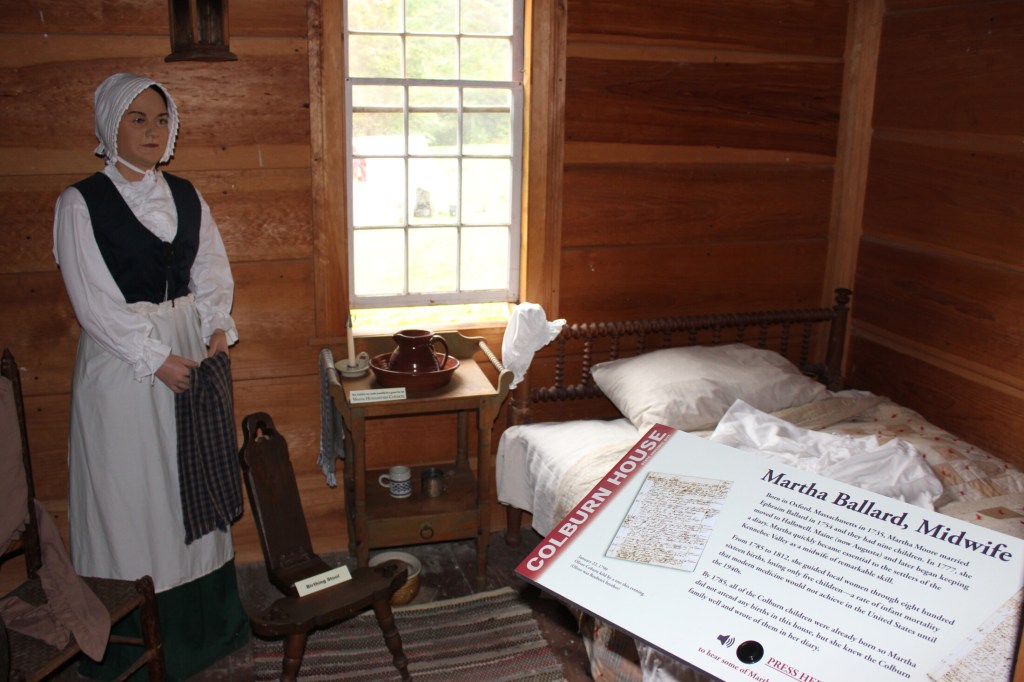
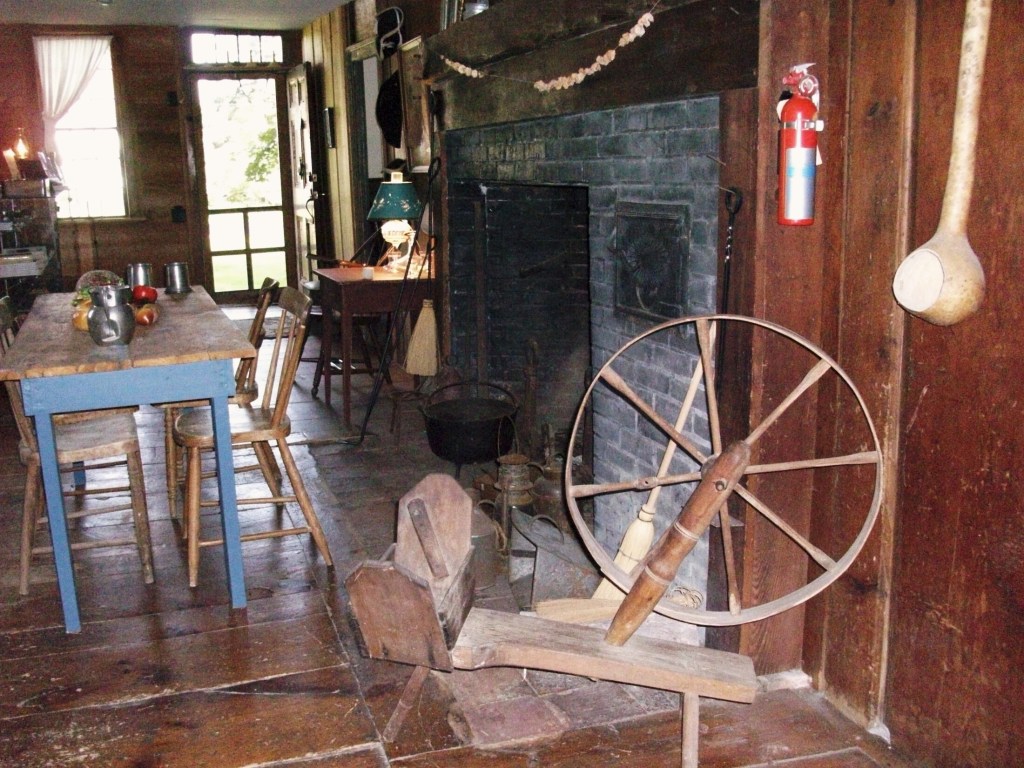

Success. Please wait for the page to reload. If the page does not reload within 5 seconds, please refresh the page.
Enter your email and password to access comments.
Hi, to comment on stories you must . This profile is in addition to your subscription and website login.
Already have a commenting profile? .
Invalid username/password.
Please check your email to confirm and complete your registration.
Only subscribers are eligible to post comments. Please subscribe or login first for digital access. Here’s why.
Use the form below to reset your password. When you've submitted your account email, we will send an email with a reset code.